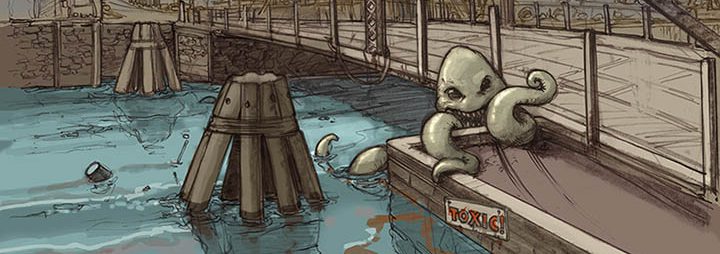The movie, Citizen Jane: Battle for the City, is focused on the two perspectives from Robert Moses and Jane Jacobs. They are representing two social classes: new developers and residents. Robert Moses was a public officer known as the “Master Builder” in mid-20th century in New York. He believed that what important for the city were new buildings, constructions and transportations. As an urban planner, he looked at the city from the upper side. Therefore he never knew what the soul of a neighborhood was about, like many other developers. In his belief, making a better city is to construct many new projects. For example, he created many modernism housing projects that he thought it could solve low income residents and high-density residents’ problems. However, after old houses, shops, and groceries were torn down, people who used to live in the neighborhood never come back because of the high rent and lost relationship. His action is not improving the situation but made it worse. Moreover, the more they built in a neighborhood, the more they destroyed the spirt of it. I was shocked about how he wants to build a new highway go through Lower Manhattan. However, activists, like Jane Jacobs, stood up and took actions to against Robert Moses. Therefore, there are still many cast iron buildings in Soho Historic District, where people can shop and entertain. Moreover, it attracts many tourists from all over the world. I believe what makes a great city is not the physical buildings or new highways, but people who interact with each other in the neighborhood, which is Jane Jacobs’s philosophy. Jane Jacobs, known as a journalist and an activist, has a different vision of definition of a city from Robert Moses. She viewed the city from the street, like one of her sociological concepts “eyes on the street”. She believes what made the neighborhood great was the people in the street. The sidewalk and public space were more important than railways, because those are the places where the residents can entertain, get information, and communicate. On my perspective, as urban planners or building developers, they should not only viewed the city from the sky, but also from the street. Therefore, they can know the DNA of the neighborhood. Once people understand the neighborhood, they can build a better neighborhood. As we were doing research on Gowanus Canal, we did site visit to know more about the DNA of this neighborhood. The more we know about this place, the more we understand it.
LIBARCH2205 Learning Places FA2017



